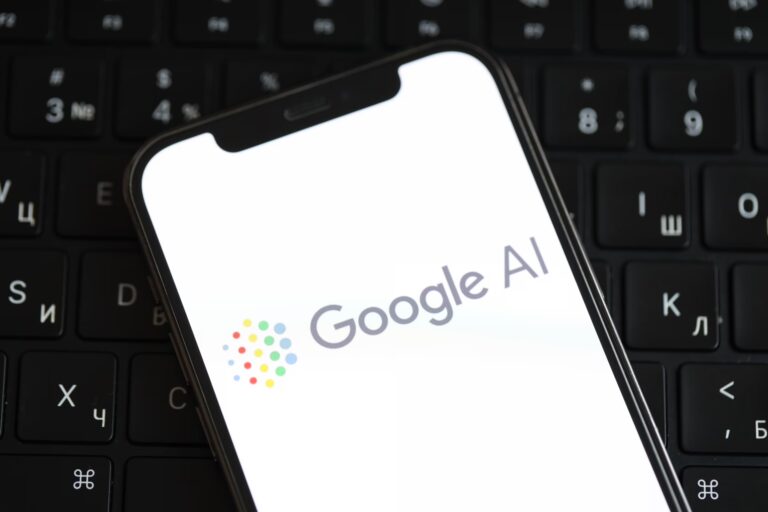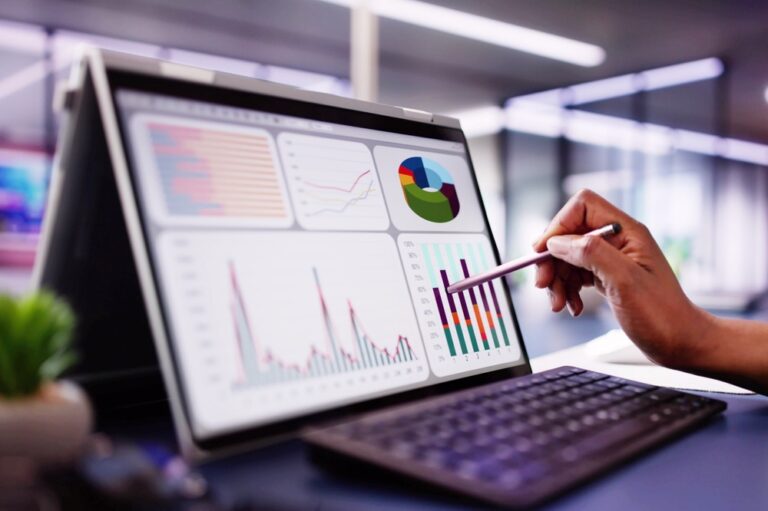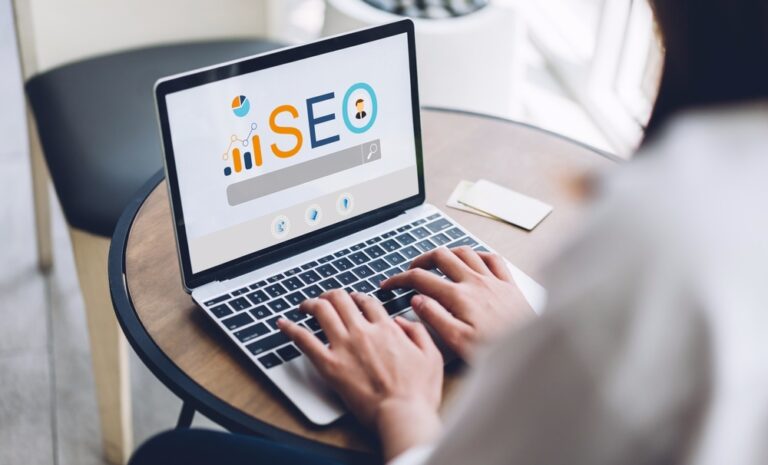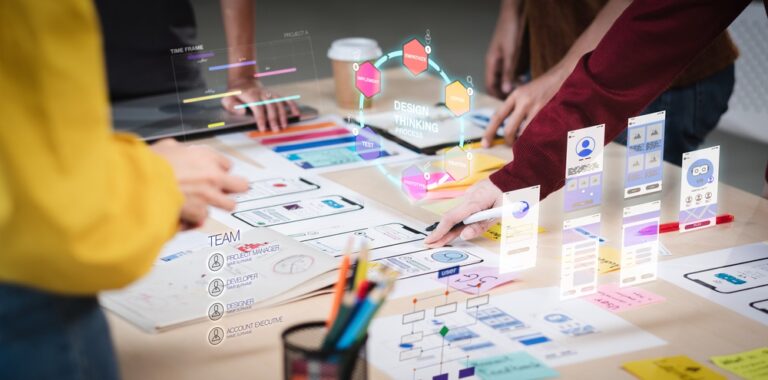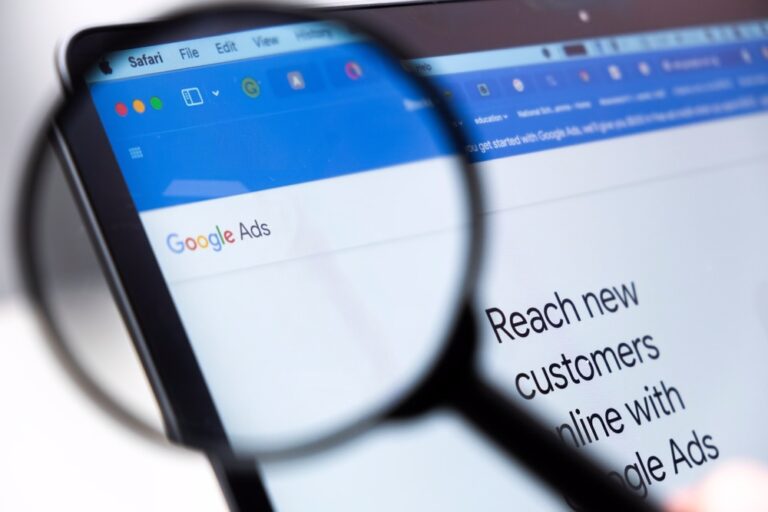The older generation – our grandparents and great-grandparents – have most likely seen the biggest change in technology yet. From their childhoods to now, there have been enormous developments.
As Xanthos Digital Marketing celebrates its 20-year anniversary, even looking back on the past 20 years shows us how far we’ve come in the UK and across the world when it comes to technology and digital consumer behaviour.
The concept of ‘digital marketing and consumer behaviour’ rests on the word ‘digital’ – which means digital marketing, consumer behaviour, and technology have to be in step together, working in line with each other’s developments.
As the world changes around them, consumers are affected by technology – as is their behaviour, which again plays into digital marketing methods.
So, what has changed in the past 20 years, and how has it affected consumer behaviour and digital marketing?
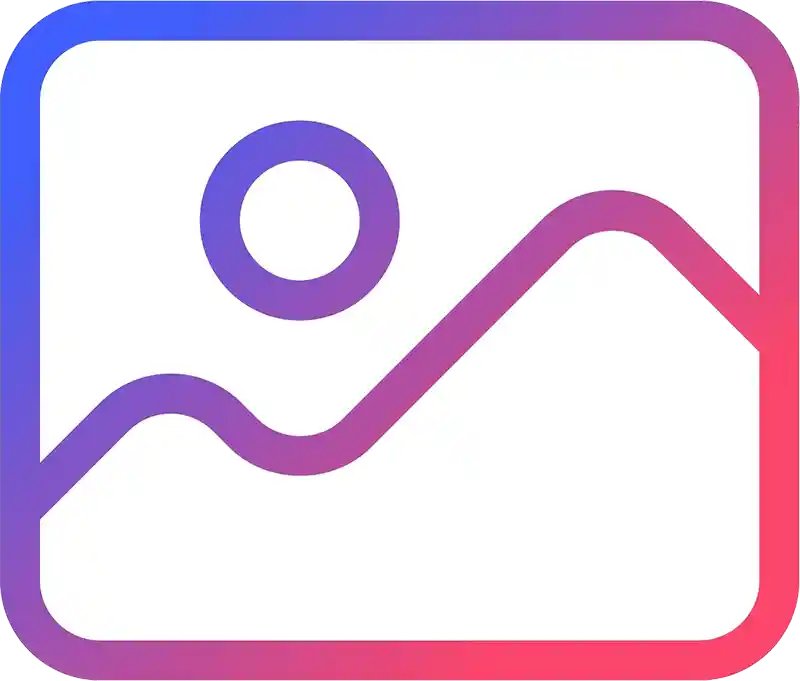
2002
In 2002 – the year in which Xanthos was born – Mozilla 1.0 was launched, earning its place as one of the first and most notable desktop web browsers in the early 2000s.
Mozilla 1.0 allowed internet users a host of features they had never come across before, which we take for granted today – from tabbed browsing to popup blocking and extensive customisability. The browser led the way in helping users find the sites and content they need both quickly and easily.
2002 also marked the year in which the first Blackberry phones were launched. Blackberry is one of the first examples of branded technology that comes to mind. Blackberry soon became a household name; being seen with the classic black logo and speedy QWERTY keyboard in your pocket had become as much of a status symbol as a Gucci T-Shirt or Louis Vuitton handbag.
2002 was a year of two important changes in the world of technology: the introduction of fast and navigable internet browsing and the move towards branded technology as a status symbol.
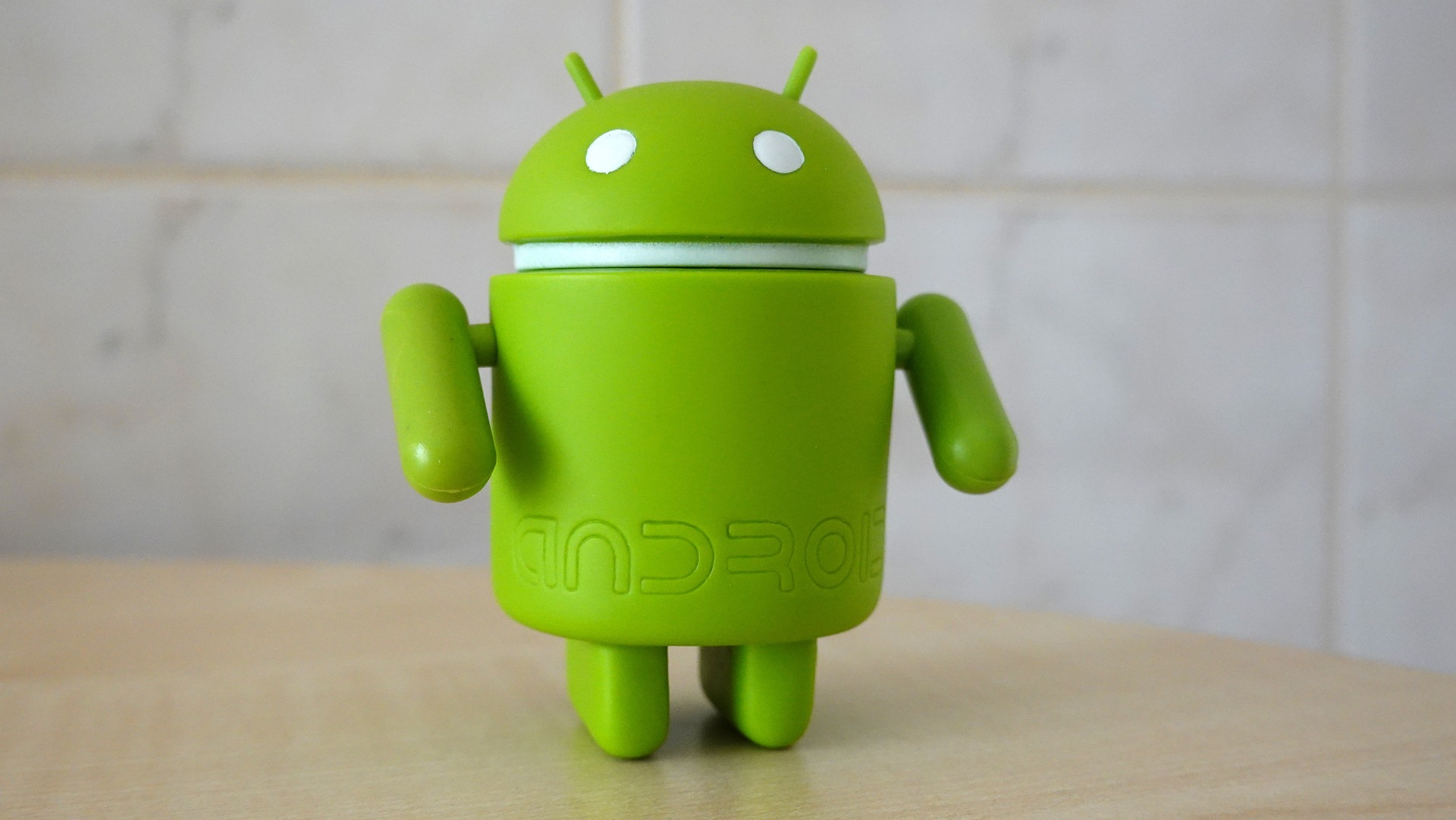
2003
After the release of Blackberry phones, 3G was launched in the UK in the following year, 2003. The introduction of 3G gave people the internet in their pockets, enabling them to find information quickly at the touch of a few buttons. While 3G is less often used these days, at the time, it helped millions of people across the country connect to the rest of the world via the internet, all through their mobile phones.
2003 is also the year Android was founded, a project created to develop an operating system for digital cameras. This was the beginning of the Android Operating System many of us know and love today, powering our mobile phones to help us stay connected and access information – now merely at the tap of a screen.
2004
In 2004, mobile phones began to transition into more of a computer-like entity. This was further supported by the launch of the first mobile browser in existence – Opera Mini. This browser gave people access to a range of websites on their phones, which was the beginning of mobile phones’ succession of – at the time – computers and now, laptops.
The launch of Opera Mini gave people access to the internet whilst on the move, either travelling or in between day-to-day business. 18 years on – and as Xanthos Digital Marketing celebrates its 20th anniversary – the effects of this can still be seen. The increased usage of mobile phone browsers has led to businesses adapting their websites for both desktop and mobile use to appeal to modern audiences on the move.
2006
Two years later, in 2006, AWS cloud storage was launched. The online platform is used across the world now, offering on-demand operations ranging from content delivery to database storage. AWS cloud storage has helped businesses and corporations alike store and manage data in a far simpler and easier way than before.
The cloud storage platform was the first of its kind, and one that is often still used by millions of companies across the globe.
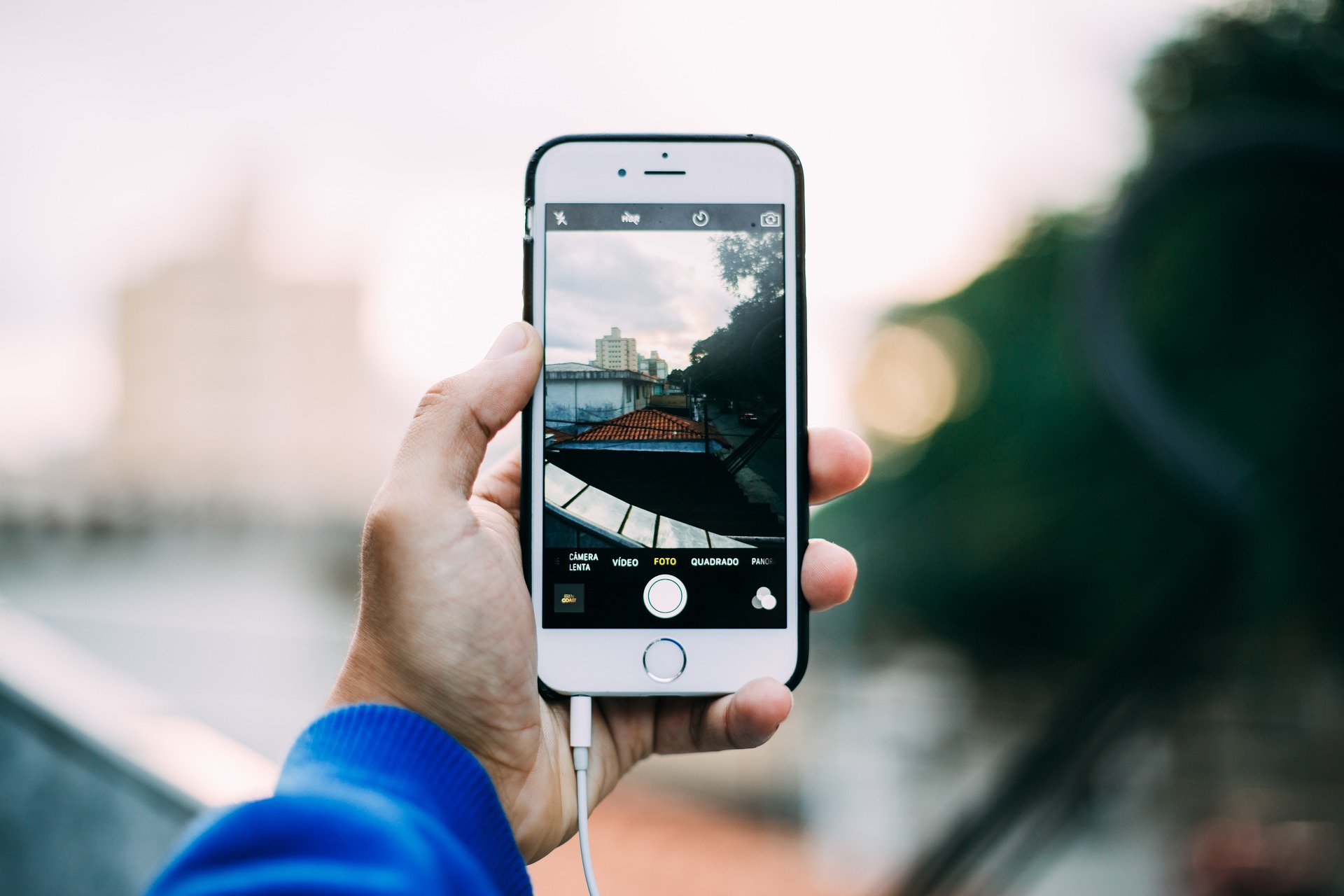
2007
In 2007, Steve Jobs unveiled the iPhone, following the significant success of the iPod. As with the Blackberry phone, the iPhone marked a move towards the rise of branded technology, as Apple established itself as a leader in the portable technology industry, becoming a recognised name and brand with a memorable logo.
This was also increasingly the case with Amazon, who announced the Kindle in the same year as the launch of the iPhone. They followed this in the same year with the launch of Amazon Prime in the UK.
Apple and Amazon are world-renowned brands, and their success speaks volumes of modern consumers’ loyalty to the technology brands they know and trust, even from the mere sight of a logo.
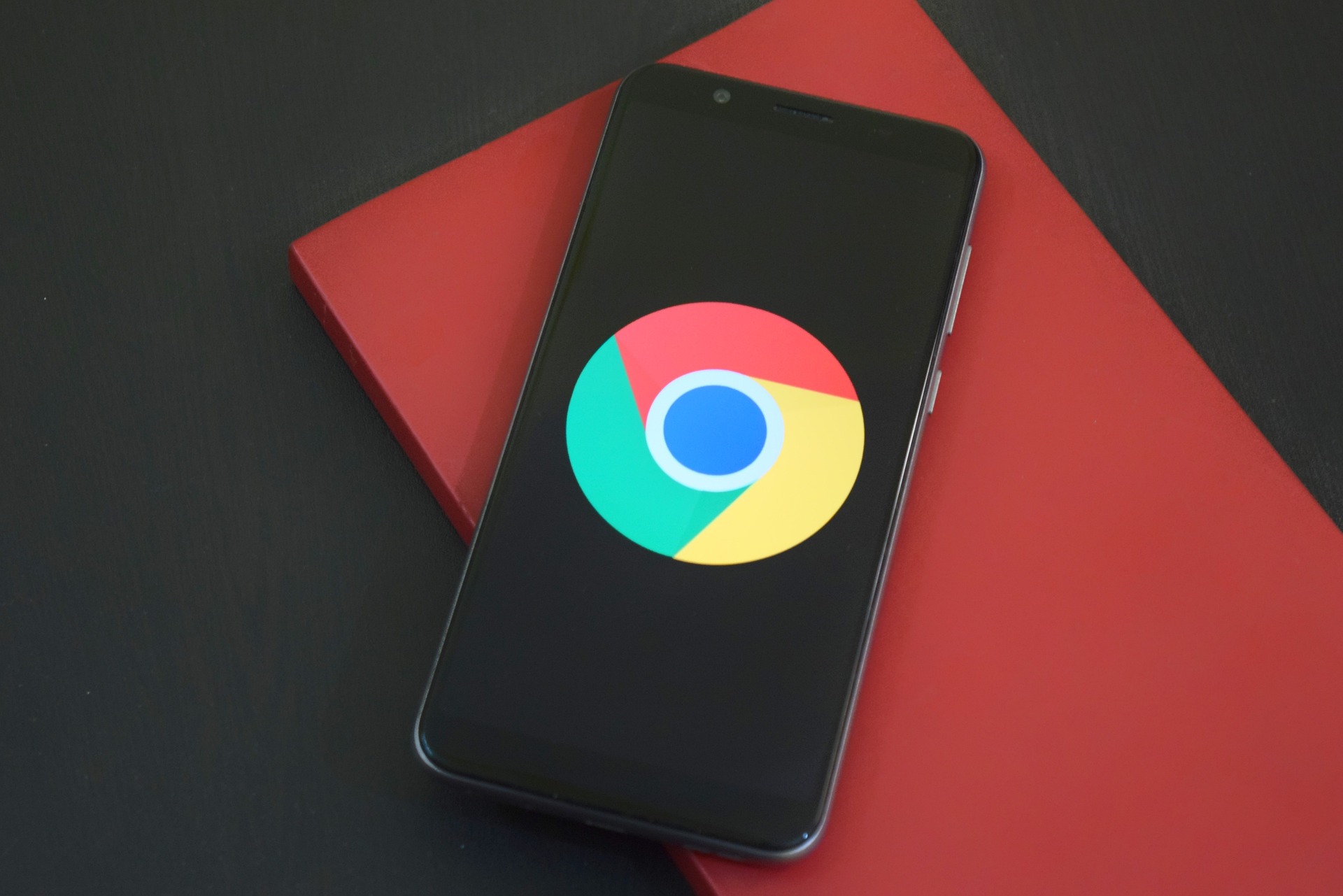
2008
2008 was an important year in the world of technology development. It was the year in which the first Android phone was launched – rivalling Apple’s iPhone. In 2008, Google Chrome and Spotify were also launched.
Today, Android, Chrome and Spotify are some of the top-chosen brands in the technology industry. Through these brands, we can see clearly how, since launching, companies such as Android, Google and Spotify have become trusted across the globe.
Additionally, the launch of Android rivalled Apple’s iPhone, creating an alternative for non-Apple users, which has become something of a culture. Whilst some people choose the trusted brand – like Apple – others seek a more alternative option. This is a common trend, as the focus turns to a company’s ethics and sustainability, which often affects consumer behaviour and choices now.
2009
In 2009, Windows 7 was released to manufacturing. The operating system gave people the ability to manage software and perform tasks on their personal computers.
It could be argued that Windows 7 was one of the main contributing factors to Software as a Service (SaaS) becoming a successful business model today. With Windows 7, people could manage the software they owned and used, which gave SaaS companies the chance to sell to consumers as well as other businesses. Microsoft is the most notable example of this, with a range of software from Word to Outlook being used today by people and businesses alike.

2010
Following the success of Apple in previous years, Steve Jobs marked the new decade by unveiling the first iPad. This defied the usual technology goal to make portable devices – especially mobile phones – as small and thin as possible.
The iPad was essentially an iPhone in a larger body, but smarter and more powerful, as well as being ideal for on-the-go entertainment. The iPad allowed people to browse YouTube and videos while travelling – it succeeded by being portable but big enough to support entertainment without putting a strain on the eyesight.
In 2010, the first Windows Phone 7 was also launched. Joining pioneers in touchscreen phone technology, Windows transplanted its operating system into a small mobile phone, giving users the experience of using a computer with the convenience of a smartphone.
The launch of both the iPad and Windows Phone 7 demonstrated a move towards computer-like efficiency, which is now demanded of mobile phones, allowing people to do almost everything on their phone or tablet – from shopping to word processing.
2012
More technological developments came along in 2012, too, when 4G was launched in the UK, along with Play Store and Windows 8.
4G gave the nation’s mobile phones even more connectivity than its predecessor, 3G, contributing again to the rise in mobile phone use to the point where, today, screen time is often higher on phones than on laptops or computers, in personal life.
The launch of the Play Store has further contributed to this, bringing a range of games to mobile phones to replace – or build on – the classic Snake. Thus, with even gaming in their pockets as opposed to on thick screens with multiple processors behind, people once again found a reason to turn to phones before computers and laptops.
Conversely, Windows 8 brought updates to the world of computing. A more secure and touchscreen-compatible operating system than its predecessor, Windows 7, Windows 8 took computers and laptops further into the modern age, helping computing keep up with the developments of mobile phones.
2013
In 2013, Microsoft released its last version of Internet Explorer, one of the most popular internet browsers in the 1990s and 2000s. However, it was overtaken by other more modern browsers such as Google Chrome and Opera as technology and computing continued to develop.
Internet Explorer was replaced with Edge, Microsoft’s newest browser, which came as standard with many laptops and computers. However, many users still prefer Google Chrome due to its ease of use and simple interface.
The end of Internet Explorer shows how quickly technology changes and how software must keep up to ensure users stay engaged.
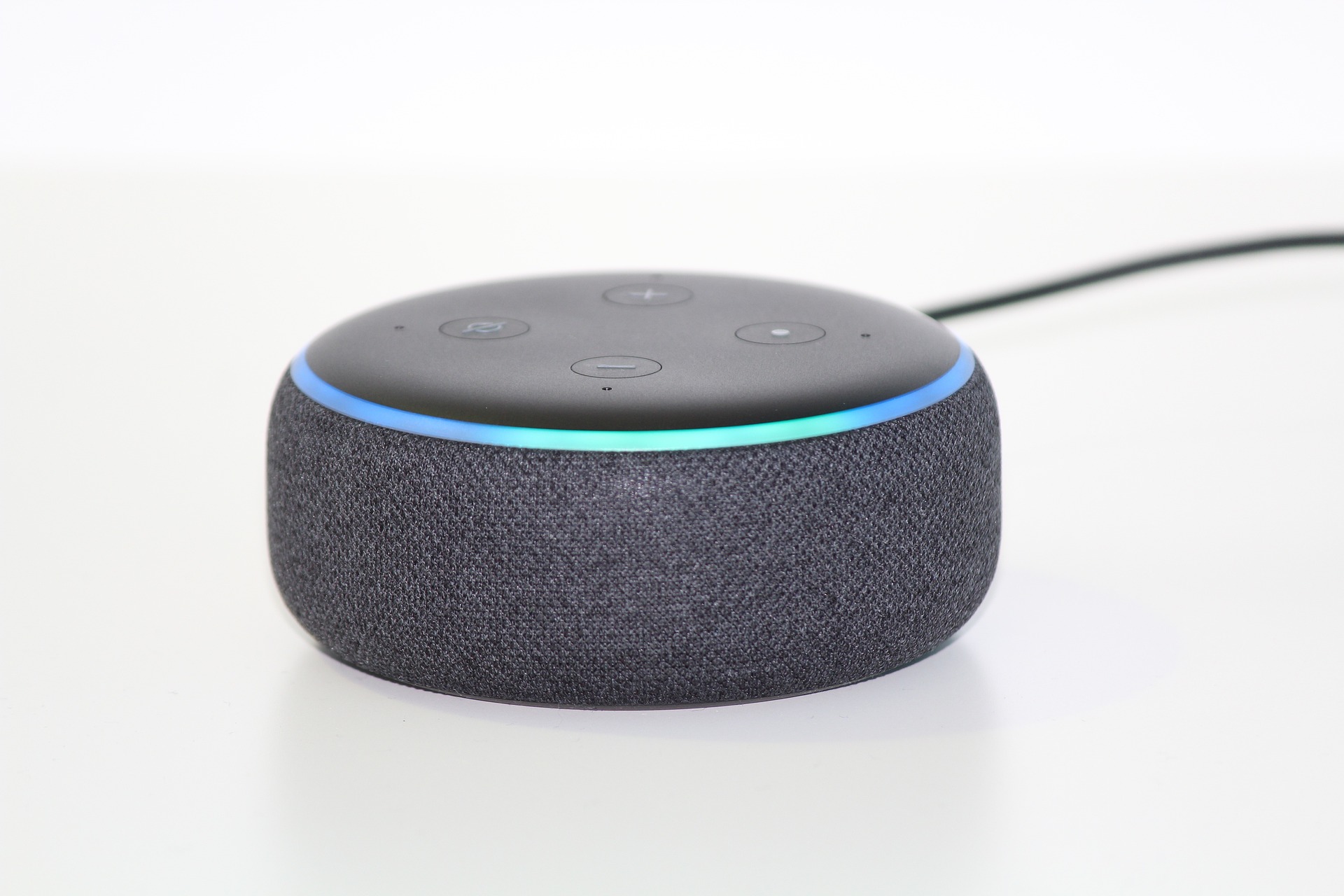
2014
In 2014, the same year that Amazon launched the Echo Smartspeaker, mobile phones officially overtook PC usage, something the mobile phone industry had clearly been building up to for a while.
In their day-to-day lives, people are far more likely to reach for a phone than a laptop or PC due to their ease of use and portability.
The release of the Amazon Echo is another example of how the focus has now turned to these two factors. The AI smartspeaker is easy to travel with and provides information without having to touch a screen or press a button.
This has changed the digital marketing scene significantly. As the ‘digital’ suggests, digital marketing must keep up with technological developments to stay relevant and impactful. This has meant changing things up, from making websites more navigable to making everything mobile-friendly.
2015
In 2015, Microsoft Edge was released to replace Internet Explorer in a bid to rival Google Chrome, which was quickly becoming the most-used desktop web browser. Microsoft Edge now comes pre-installed on most laptops and PCs.
In the same year, Windows 10 was launched, helping users manage files effectively and boost productivity, as well as being faster and more efficient overall.
This increase in efficiency and speed has also led to changes in digital marketing. As users begin to expect higher website speeds, the tolerance for slow websites has decreased, which means website speed and overall health is an important part of SEO and website building and development today.
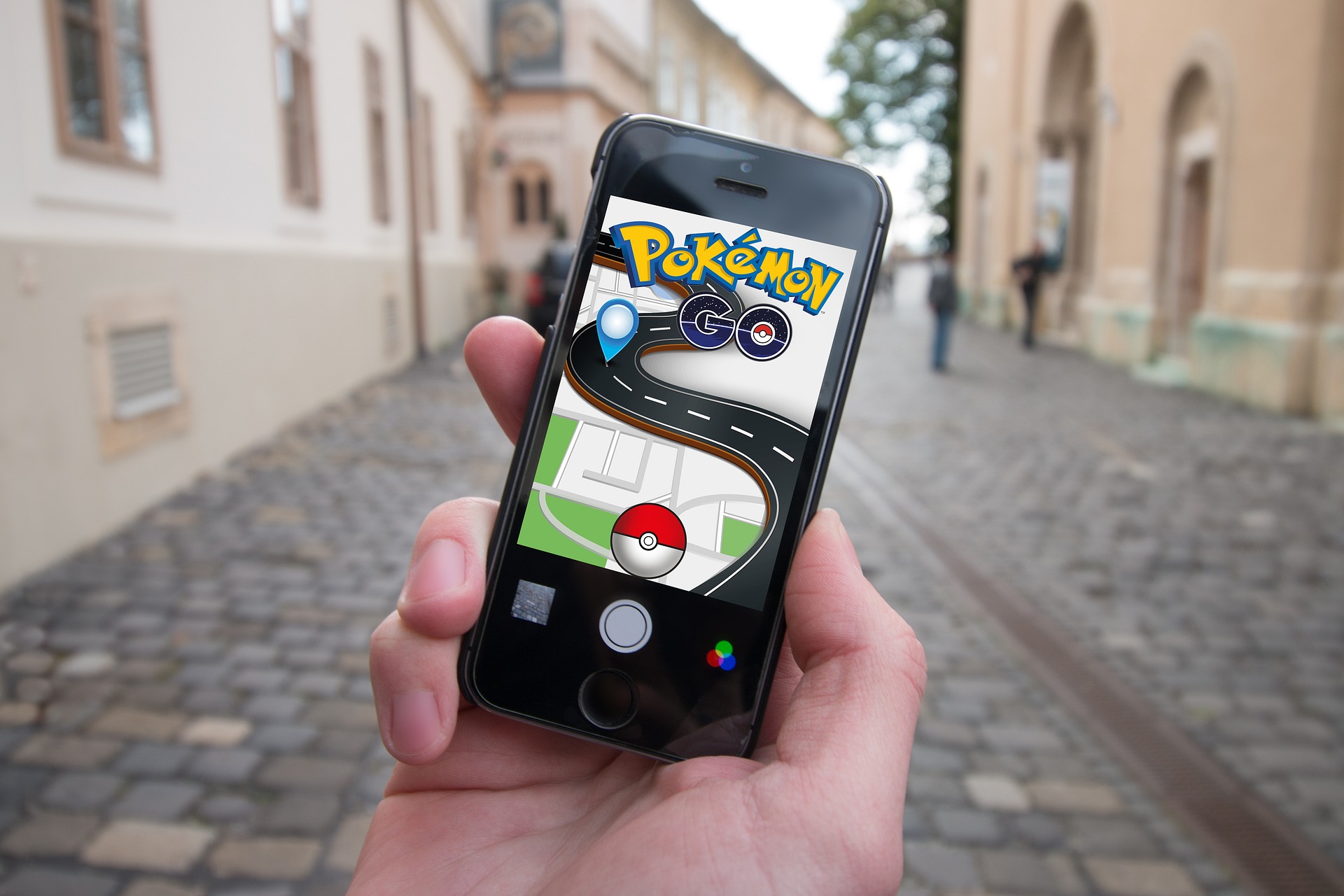
2016
2016 was the famous summer of Pokémon Go, which was predominantly used by children and teens rushing across parks and roads alike to find a Pikachu or Charizard. What this revolutionised, however, was the world of interactive phone content and games.
Pokémon Go brought gaming and technology into the real world, encouraging people to interact with their surroundings. This built on technology like VR and other similar interactive products.
The focus on interactive content and games is another development digital marketing has had to keep up with, increasing a range of interactive content from digital Out Of Home (OOH) advertising to website features. The most notable recently has been Samsung, who advertised their Flip Phone by transforming bus shelter seats in Belgium to look like their Flip Phone.
2018
In 2018, GDPR was implemented in the EU, revolutionising the way businesses acquired and stored personal data.
Put into effect on 25 May 2018, GDPR law focuses on ensuring privacy and security standards are not violated by companies. GDPR also gives citizens the right to know how their data is being used and to raise complaints if they so choose.
If GDPR laws are violated, companies can face significant funds, even up to tens of millions of euros.
In the digital marketing world, this has led to a host of changes. Targeted digital marketing makes use of personal data to ensure campaigns are reaching the right audiences – but businesses must now be mindful of data laws like GDPR.
2019
The year after this, in 2019, 5G connectivity was launched in the UK. Still somewhat elusive, 5G faced some scrutiny and conspiracy, but overall has again strengthened connection to the internet and thus the wider world.
5G’s impressive speed and efficiency can also be harnessed in the world of business and digital marketing. Data collection and processing have become far less tedious than without a 5G connection. 5G is also a good incentive for people to spend more time online, meaning they are more likely to see digital marketing campaigns, significantly increasing reach.

2021
In 2021, Facebook became Meta, turning its focus to building the “metaverse”, bringing together their collection of apps and products, from Instagram to WhatsApp.
The Metaverse also brings in aspects of VR gaming and experiences, with Meta’s recent release of the Quest console, a headset purpose-built to support only VR games and viewing.
For those marketing on Meta’s apps and using their products, this changes things. Again, the focus is changing to VR and interaction, prompting the world of digital marketing to step up and keep users engaged.
2022
In 2022, we are seeing continuous movement to the virtual and online, from the Metaverse to Blockchain, Cryptocurrency and NFTs. As even art moves online, digital marketing must keep in step with the ever-changing landscape of the virtual world.
2022 also marks Xanthos Digital Marketing’s 20-year anniversary! As a digital marketing agency, we’re always looking at the changes and developments in technology to ensure we stay up to date with the modern world, using our knowledge and the abundance of technology today to optimise websites and increase profit.
At Xanthos Digital Marketing, we strive to stay in line with the trends and ensure your business gets noticed. We assess how digital marketing affects consumer behaviour to guarantee that we’re taking the right steps to help showcase your brand effectively.



